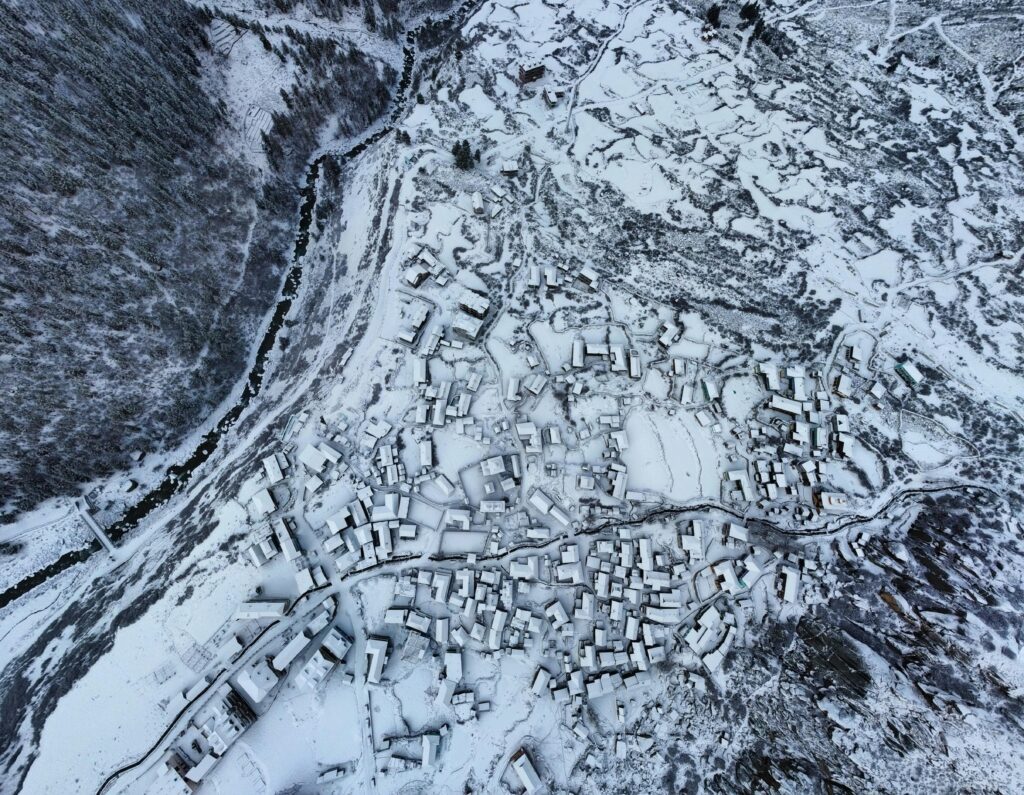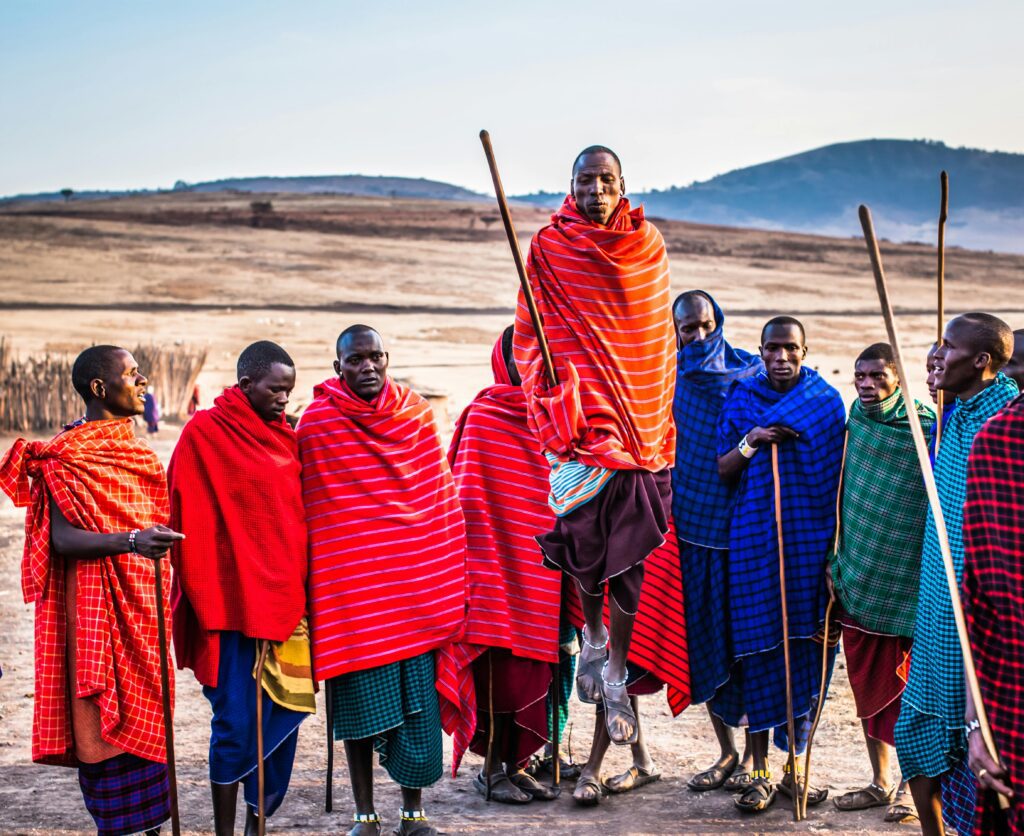Introduction
Nestled in the lap of the Himalayas, Kinnaur is a hidden gem in Himachal Pradesh, where snow-capped peaks, apple orchards, and ancient monasteries create a surreal landscape. Known as the “Land of Gods,” Kinnaur offers a perfect blend of adventure, spirituality, and untouched natural beauty.
I still remember my first visit—waking up to the crisp mountain air, the scent of pine trees, and the distant chants from a Buddhist gompa. The golden sunrise over the Kinner Kailash peak, the sound of prayer flags fluttering in the wind, and the warmth of the locals sharing stories over steaming cups of butter tea—these are the moments that make Kinnaur unforgettable. Whether you’re a backpacker, a culture enthusiast, or a photographer, Kinnaur will leave you spellbound.
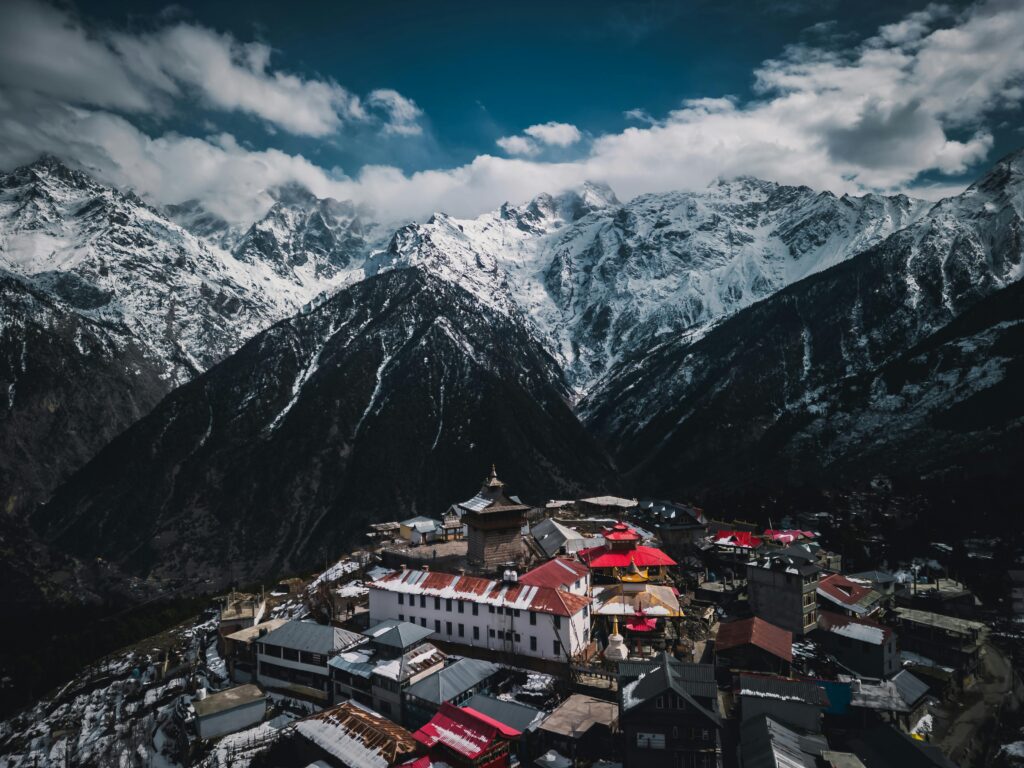
Why Visit Kinnaur?
✔ Stunning landscapes – From the Sangla Valley to Chitkul (India’s last inhabited village near the Indo-China border)
✔ Rich cultural heritage – A mix of Hinduism and Tibetan Buddhism, evident in its festivals, architecture, and daily life
✔ Adventure opportunities – Trekking, camping, river rafting, and even skiing in winter
✔ Unique cuisine – Try siddu (steamed bread), chhang (local barley beer), and aktori (buckwheat pancakes)
Best Time to Visit Kinnaur
Kinnaur is a year-round destination, but the best time depends on your travel goals:
1. Summer (April – June)
✔ Temperature: 15°C – 25°C
✔ Best for: Trekking, sightseeing, and apple blossom season
✔ Highlights: Clear skies, lush valleys, and comfortable weather
✔ Festivals: Phulaich Festival (September) in Sangla Valley, where locals celebrate the harvest with dance and music
Personal Experience: Walking through the apple orchards of Kalpa in May, with the trees in full bloom, was like stepping into a fragrant paradise. The air was thick with the sweet scent of blossoms, and the distant hum of bees added to the serenity.
2. Monsoon (July – September)
⚠️ Caution: Landslides can block roads, especially on the Hindustan-Tibet Highway.
✔ Best for: Offbeat travelers who enjoy misty landscapes and solitude
✔ Highlights: Vibrant greenery, fewer tourists, dramatic waterfalls
✔ Pro Tip: Carry waterproof gear and check road conditions before traveling.
3. Autumn (October – November)
✔ Best for: Photography and cultural festivals
✔ Highlights: Golden hues, Kinnaur Kailash Yatra (pilgrimage season), apple harvesting
✔ Must-See: The Kinner Kailash peak turns golden at sunrise—a photographer’s dream.
4. Winter (December – March)
✔ Temperature: -5°C to 10°C
✔ Best for: Snow lovers, solitude seekers
✔ Highlights: Snow-covered villages, frozen rivers, and the Losar Festival (Tibetan New Year)
✔ Adventure Alert: Try ice trekking in Chitkul or skiing in Nako (informal routes).
Pro Tip: If you want to avoid extreme cold but still see snow, visit in late October or early November.
How to Get to Kinnaur
By Air
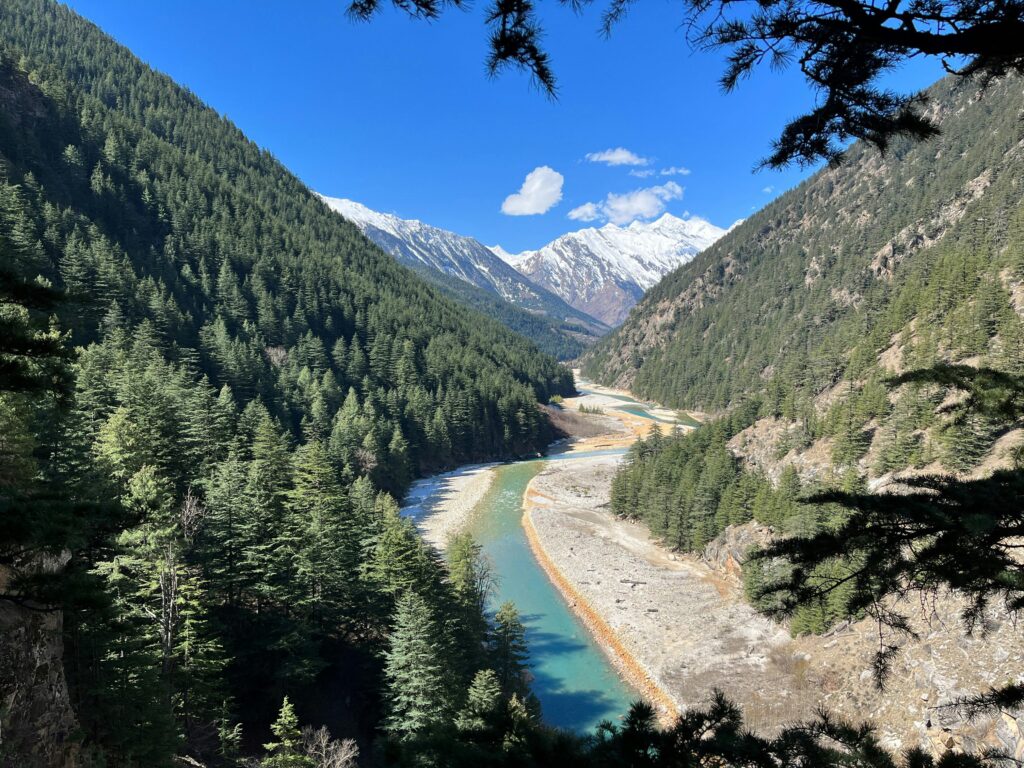
✈ Nearest Airport: Shimla Airport (244 km) or Bhuntar Airport (Kullu, 275 km)
🚗 From Airport: Hire a taxi (approx. ₹5,000–7,000) or take a bus (₹300–500 per person)
✔ Flight Options: Delhi to Shimla (1 hr) or Delhi to Bhuntar (1.5 hrs)
By Train
🚂 Nearest Railway Station: Shimla (Kalka-Shimla Toy Train) or Chandigarh
🚌 From Shimla: HRTC buses run daily to Reckong Peo (Kinnaur’s HQ, 8-9 hrs, ₹400–600)
✔ Scenic Route: The Kalka-Shimla Toy Train (UNESCO World Heritage) is a must for train enthusiasts.
By Road
🚍 From Delhi:
– Delhi → Shimla (8-10 hrs) → Reckong Peo (8-9 hrs)
– Delhi → Chandigarh → Rampur → Kinnaur (12-14 hrs)
🚗 Self-Drive Route:
– NH5 (Hindustan-Tibet Road) – Scenic but challenging, with steep cliffs and narrow lanes
– Permit Required: Indian nationals need an Inner Line Permit (ILP) for areas beyond Jangi (available in Reckong Peo). Foreigners require a Protected Area Permit (PAP).
Travel Hack: Book overnight buses from Delhi to Shimla (₹800–1,200) to save time and money!
Top Attractions in Kinnaur
1. Sangla Valley
- Why Visit? Lush meadows, Baspa River, and traditional Kinnauri houses with intricate wood carvings
- Must-See:
- Kamru Fort: A 1,000-year-old fort with a shrine dedicated to the local goddess Kamakhya Devi. Climb to the top for panoramic views.
- Bering Nag Temple: A sacred temple where locals perform rituals to appease the serpent god.
- Rakchham Village: A picturesque hamlet with apple orchards and wooden bridges.
- Best Activity: Trek to Batseri Village (2 hrs) through pine forests and along the Baspa River.
Hidden Gem: Roghi Village – Famous for its hanging cliffs and stunning sunset views.
2. Chitkul – The Last Village
- Why Visit? The last inhabited village before the Indo-China border, with untouched beauty.
- Must-See:
- Mathi Temple: A 500-year-old temple with exquisite woodwork.
- Himalayan Views: The snow-clad peaks of the Kinner Kailash range are breathtaking.
- Best Activity: Walk along the Baspa River or hike to Lamkhaga Pass (for experienced trekkers).
Personal Anecdote: I met an elderly woman in Chitkul who invited me into her home for butter tea. She spoke of how the village changes with the seasons—frozen in winter, vibrant in summer.
3. Kalpa – The Apple Country
- Why Visit? Stunning sunrise over Kinner Kailash Peak, which turns golden at dawn.
- Must-See:
- Narayan-Nagini Temple: A unique temple dedicated to the serpent deities.
- Suicide Point: A cliff offering dramatic valley views (not for the faint-hearted!).
- Best Activity: Visit an apple orchard (harvest season: Sept-Oct) and taste fresh juice.
4. Nako Village & Lake
- Why Visit? A high-altitude lake surrounded by monasteries and willow trees.
- Must-See:
- Nako Monastery: A 1,000-year-old Buddhist monastery with ancient murals.
- Tashigang Village: A remote village with stunning mountain vistas.
- Best Activity: Stargazing at night—the clear skies are mesmerizing.
Where to Stay in Kinnaur
| Destination | Budget (₹500–1,500/night) | Mid-Range (₹2,000–4,000/night) | Luxury (₹5,000+) |
|---|---|---|---|
| Sangla | Hotel Baspa View | Banjara Camps | The Kinner Villa |
| Kalpa | Hotel Snow Crest | Kalpa Heritage Homestay | Apple Valley Resort |
| Chitkul | Chitkul Home Stay | Himalayan Orchard Huts | – |
Pro Tip: Book homestays for an authentic Kinnauri experience! I stayed at Kalpa Heritage Homestay, where the host, Mr. Negi, shared stories of local folklore over dinner.
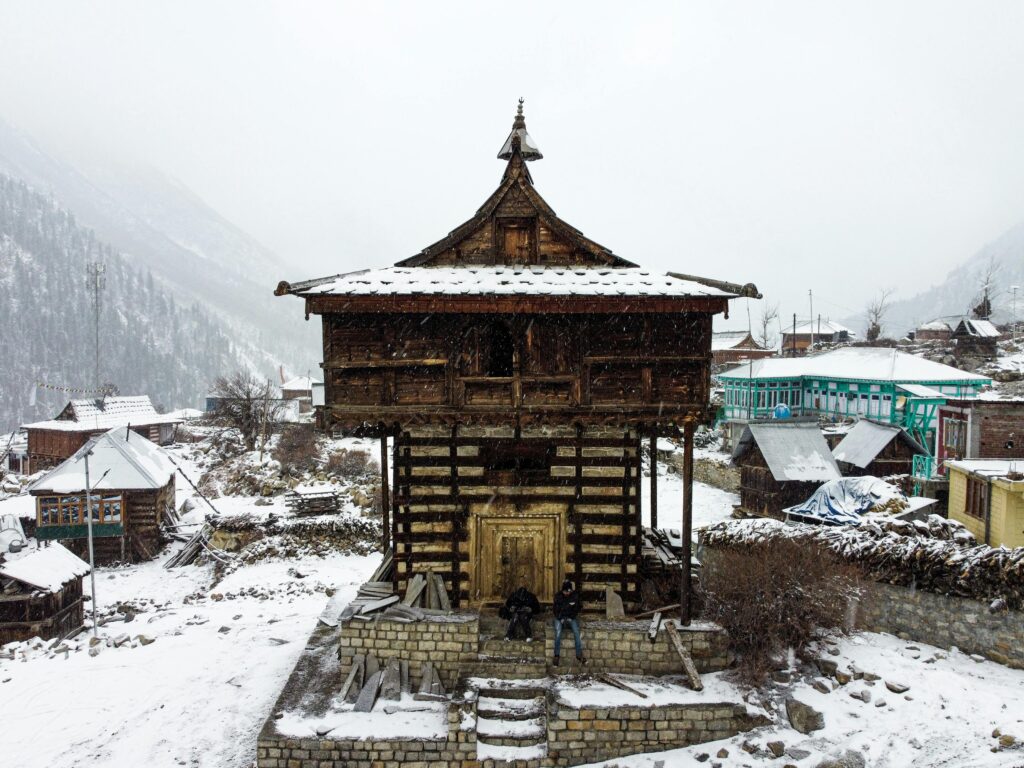
Local Cuisine of Kinnaur
Kinnaur’s food is hearty and influenced by Tibetan flavors.
Must-Try Dishes:
✔ Siddu – Steamed bread stuffed with walnuts or poppy seeds, best served with ghee and dal.
✔ Thukpa – Noodle soup with vegetables/meat, perfect for cold nights.
✔ Chhang – Local barley beer, often served during festivals.
✔ Aktori – Buckwheat pancakes, a staple in winter.
Restaurant Recommendations:
– Dhaba 36, Sangla: Try their siddu and sea buckthorn juice.
– Himalayan Café, Kalpa: Famous for thukpa and apple pie.
3-Day Kinnaur Itinerary
Day 1: Exploring Sangla Valley
- Morning: Drive from Shimla to Sangla (8 hrs). Stop at Rampur for lunch at Bhimakali Restaurant.
- Afternoon: Visit Kamru Fort & Bering Nag Temple.
- Evening: Sunset at Baspa River, followed by dinner at Banjara Camps.
Day 2: Chitkul & Kalpa
- Morning: Drive to Chitkul, explore the village and Mathi Temple.
- Afternoon: Return to Kalpa, visit apple orchards and Suicide Point.
- Evening: Sunset at Kinner Kailash, dinner at Apple Valley Resort.
Day 3: Nako & Return
- Morning: Drive to Nako Lake, visit the monastery.
- Afternoon: Explore Tashigang Village.
- Evening: Return to Shimla.
Travel Tips for Kinnaur
✔ Pack Warm: Nights get chilly even in summer.
✔ Cash is King: ATMs are scarce beyond Reckong Peo.
✔ Respect Local Customs: Ask before photographing monasteries.
✔ Mobile Networks: BSNL/Airtel work best.
Pro Tip: Carry a power bank—electricity can be unreliable.
Frequently Asked Questions (FAQs)
1. Do I need a permit to visit Kinnaur?
✅ Yes! Indian travelers need an Inner Line Permit (ILP) for areas beyond Jangi. Foreigners require a Protected Area Permit (PAP).
2. Is Kinnaur safe for solo travelers?
✅ Yes, but avoid remote treks alone. Stick to well-traveled routes.
3. What’s the best way to travel within Kinnaur?
🚗 Hire a local taxi—public transport is limited.
4. Can I visit Kinnaur in winter?
✅ Yes, but roads may close due to snow. Check weather updates.
5. What souvenirs should I buy?
🛍️ Kinnauri shawls, handmade woolens, and dried apples.
Conclusion
Kinnaur is more than just a destination—it’s an experience of untouched beauty, rich traditions, and soul-stirring landscapes. Whether you’re trekking through Sangla Valley or sipping chhang with locals, every moment here is magical.
Start planning your Kinnaur adventure today—before the crowds discover it!
Keywords:
Kinnaur travel best time to visit Kinnaur what to do in Kinnaur attractions in Kinnaur Kinnaur tourism guide

